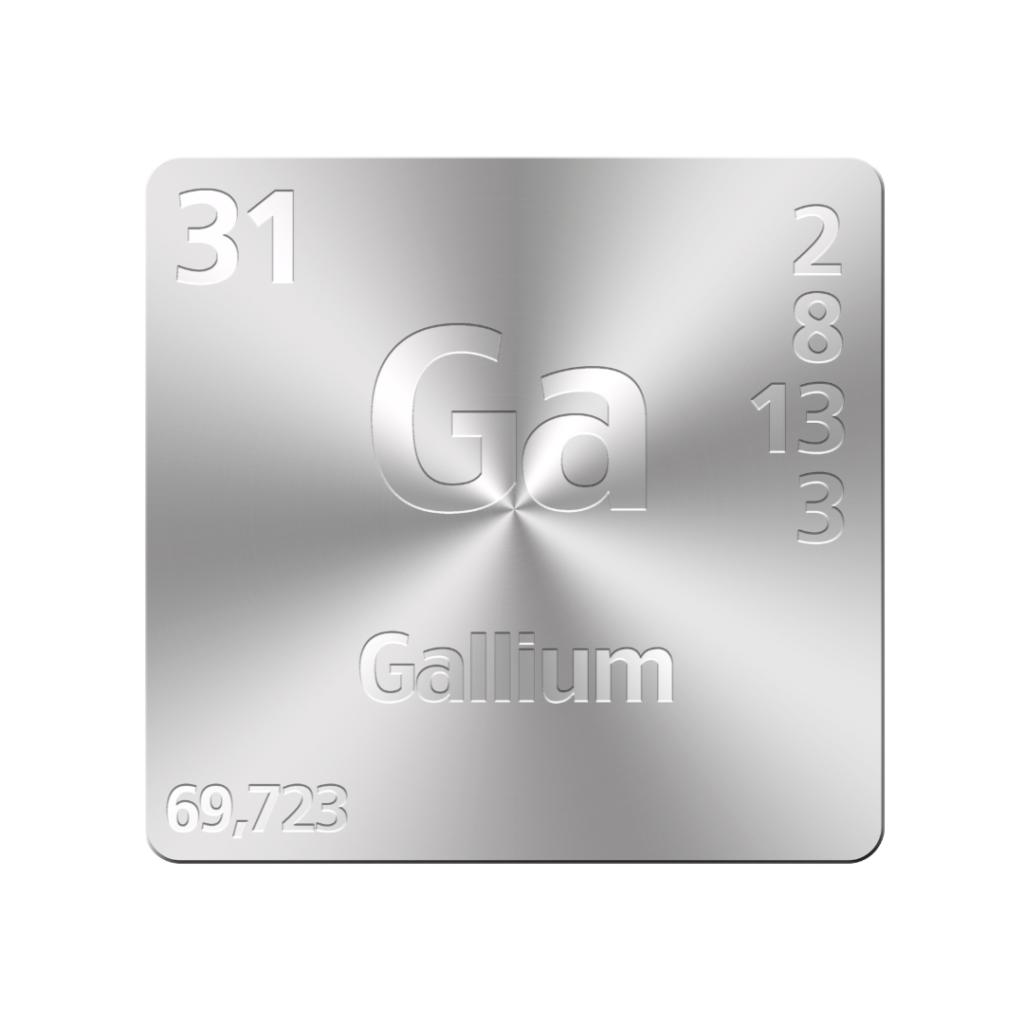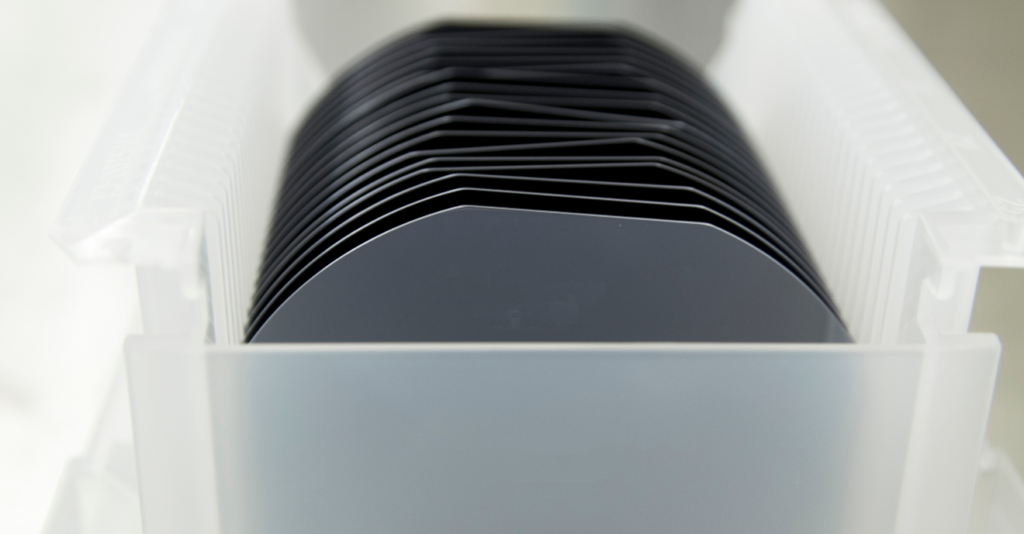
The purity of the gallium used in MBE systems is typically very high, often 99.999% or higher. This is because impurities in the gallium can affect the electrical and material properties of the thin films being deposited. To achieve the highest level of purity, gallium can be purified through a process called zone refining, in which the material is melted and recrystallized multiple times to remove impurities. The purity of the gallium can also be verified using analytical techniques such as inductively coupled plasma mass spectrometry (ICP-MS) or energy dispersive x-ray spectroscopy (EDS).
Ultra high purity gallium is a type of gallium that has a very high level of purity, often 99.9999% or higher. This is achieved through a purification process that removes impurities to a very low level. Ultra high purity gallium is often used in the production of high-quality semiconductor materials and devices, as well as in other applications where the purity of the material is critical.

There are several types of gallium that can be used as a source in MBE systems, including:
- Gallium metal: This is a solid form of gallium that can be evaporated in an MBE system.
- Gallium compounds: Gallium can also be used in the form of compounds such as gallium trichloride (GaCl3) or gallium oxychloride (GaOCl). These compounds can be evaporated in an MBE system to deposit gallium onto the substrate.
- Gallium oxide: Gallium oxide (Ga2O3) can be used as a source in MBE systems, either as a solid or as a vapor. It can be evaporated using a resistive heating source or a laser.
- Gallium telluride: Gallium telluride (Ga2Te3) is a compound that is often used as a source in MBE systems for depositing thin films of tellurium. It can be evaporated using a resistive heating source or a laser.
- Gallium selenide: Gallium selenide (Ga2Se3) is another compound that is often used as a source in MBE systems for depositing thin films of selenium. It can be evaporated using a resistive heating source or a laser.

